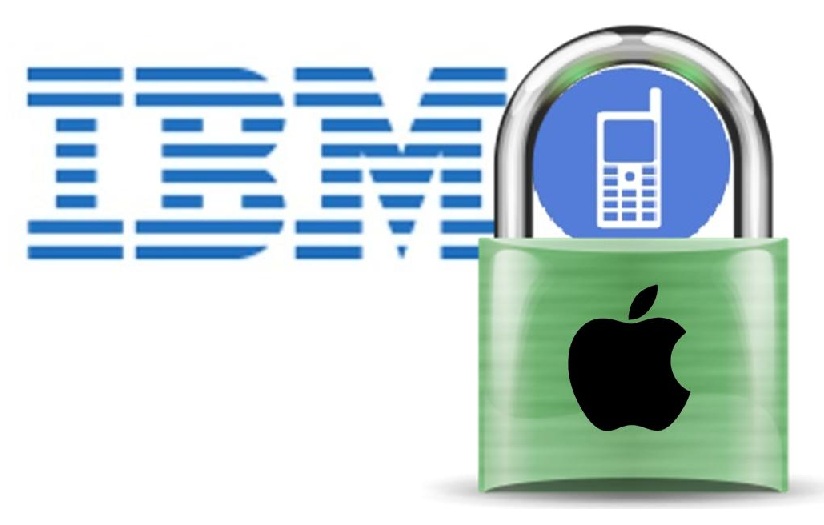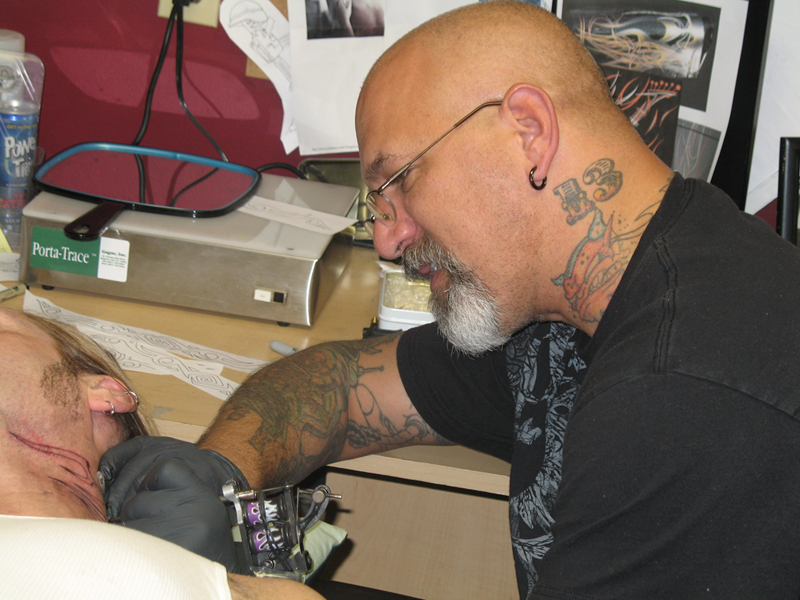 The latest AppScan update will help to make iPhones and iPads more secure through a number of changes.
The latest AppScan update will help to make iPhones and iPads more secure through a number of changes.
IBM has just announced the launch of its latest software, which is designed to help to assist developers in securing code and data in apps for iPhones and iPads.
The latest update to the AppScan Source for iOS devices provides developers with flaw alerts.
The latest update for the iOS version of AppScan Source 8.7 is able to search through the application’s code so that it can let developers know when it has identified a flaw within it. IBM has also stated that this powerful mobile security software is able to analyze applications that employees would like to download onto their iPhones and iPads. It can alert them to various types of vulnerabilities that these apps present and can then communicate these potential threats to the I.T. security staff at the organization.
IBM has stated that this software will help to improve mobile security without a negative impact on time to market.
The company explained that the software is able to make the mobile security level better for this apps, without having a harmful effect on their time to market. It supported this statement by making reference to Gartner statistics, which have suggested that 45.6 billion applications were downloaded in 2012, which is why securing various endpoint devices – such as smartphones – should be one of the leading priorities held by a company.
AppScan Source was developed by IBM through an analysis of more than 40,000 apps for iOS devices that were created through the use of the Apple iOS Software Development Kit. Among the features that it currently boasts are JavaScript and Java complete language support, as well as supporting Objective-C. It can also perform call and data flow analysis which will provide trace data. This would provide companies with the ability to create enterprise apps with considerably greater mobile security, regardless of the choice of technology by employees and partners.
According to the IBM director of Application, Data, and Mobile Security, Caleb Barlow, this now capability will allow for the incorporation of “security into their infrastructure and solutions from the design, development and testing phases rather than leaving security to become an afterthought.”

 A Turkish small business has used the barcodes to filter out applicants who aren’t accurate enough.
A Turkish small business has used the barcodes to filter out applicants who aren’t accurate enough.